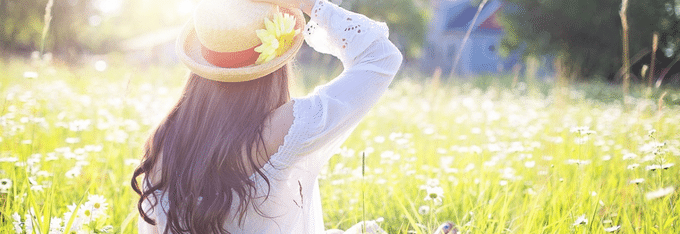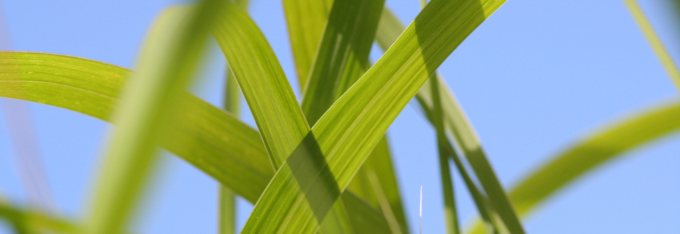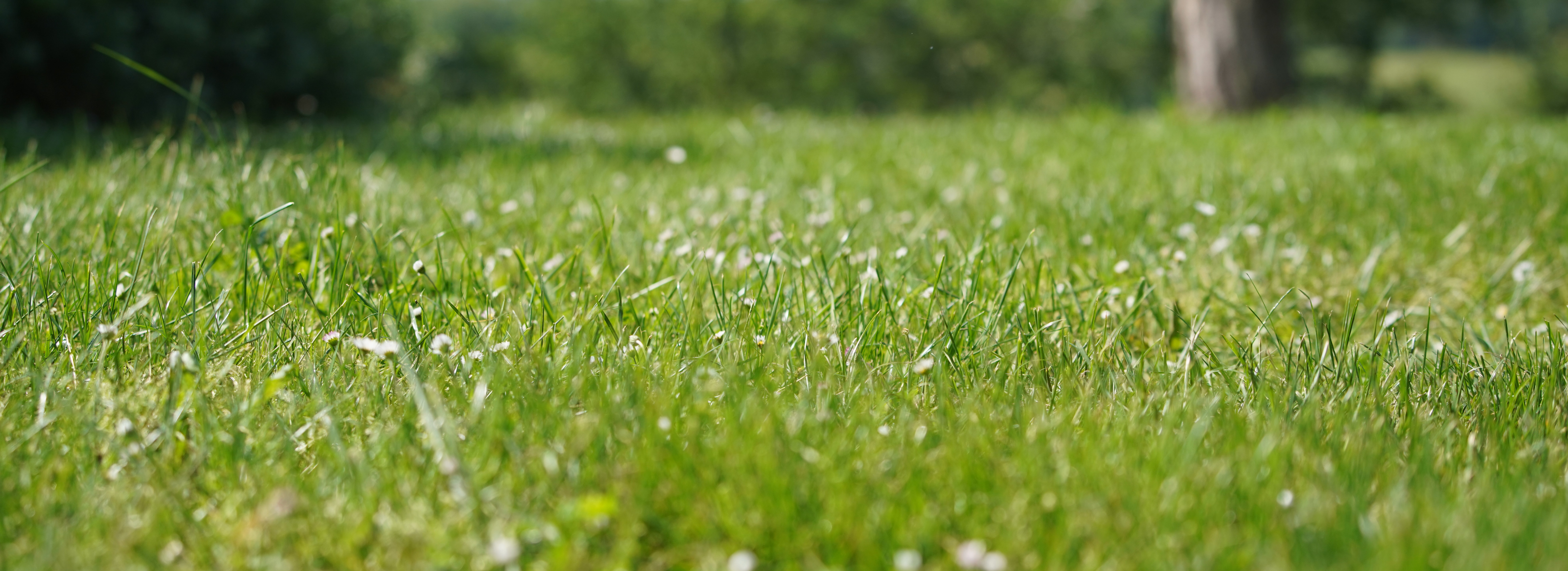Dec, 2023










The idea is simple: to have a green grass thanks to lawn paint.
First of all you should know that the lawn painting is booming in the United States, especially in California, a state that has adopted strong policies in compliance with theenvironment (reduction of water consumption, carbon emissions, and less use of chemicals).
Although the practice is still little known in Europe, paint your lawn has several advantages.
Vegetal Color has benefits on plants. Its application stimulates the photosynthetic activity of plants and also improves the aesthetic appearance in a lasting way. It is the fastest solution to have a green garden, without masking the "signals" sent by the plant, nor invalidating the appropriate treatments to take care of it.
The plants suffer from numerous attacks such as: diseases, insects, domestic animals, salt, and in particular drought. This results in discoloration, sometimes lasting or definitive.
During periods of drought for example, Vegetal Color stands out for its ability to make water savings. A lawn can require up to 8 L of water per m² and per day, ie for a lawn of 500 m² much more than the water consumed by the inhabitants. With Vegetal Color, 1 L of product mixed with 8 L of water, covers up to 200 m² of grass. A economy considerable, and very practical when watering is prohibited. It makes her a real anti-drought weapon.
This process is used by many players in the professional world for lawns. Among them, we find: golf clubs, municipalities, gardeners as well as landscapers etc.
A question that annoys? Not at all ! Vegetal Color is free from products classified as dangerous, unlike many garden products. Its composition?
No hazardous product.
The internationally renowned independent laboratory LaboSport has also tested the product. He concludes that Vegetal Color is a aesthetic benefit, as for theplant activity.
If any questions remain, please do not hesitate to contact us through our Contact form.
Vegetal Color exists in several colors, to bring other colors to the garden. Birthdays, weddings, but also all kinds of private events, let your imagination run wild. Combined with stencils, they make it possible to create any graphic creation (portrait, text, image, logo, etc.). As you will have understood, lawn painting will help you to have a green lawn, but not only!
To see their achievements, click here.

![]() Budget: from 12 €
Budget: from 12 €
Birthday, cousinade, wedding, etc
Made freehand (without stencil).
The stencils allow a more regular result.
Completion time: <1 hour.
Project budget above: around 80 € (without stencils)
Products to use: 1 liter of Vegetal Color WHITE (lasts several weeks) or product Mineral Color WHITE (can be removed with water under pressure).
[vc_column][custom_title title=”Les produits liés” class=”mb-20″][vc_column_text] [/vc_column_text][/vc_column] [vc_column width=”1/3″][imagebox image_url=”5582″ image_text_align=”center” url=”https://edencolor.com/product/vegetal-color-vert/”][vc_column_text css=”.vc_custom_1593583758237{padding-top: 20px !important;}”]Vegetal Color : Vert (1 Litre) €84.99 TTC
[/vc_column_text][/vc_column][vc_column width=”1/3″][imagebox image_url=”5581″ image_text_align=”center” url=”https://edencolor.com/product/vegetal-color-vert-fonce/”][vc_column_text css=”.vc_custom_1593583652485{padding-top: 20px !important;}”]Vegetal Color : Vert foncé (1 Litre) €84.99 TTC
[/vc_column_text][/vc_column] [vc_column width=”1/3″][imagebox image_url=”5220″ image_text_align=”center” url=”https://edencolor.com/product/vegetal-colors/”][vc_column_text css=”.vc_custom_1593583758237{padding-top: 20px !important;}”]Vegetal Color : Blanc (1 Litre) €99.99 TTC
[/vc_column_text][/vc_column]